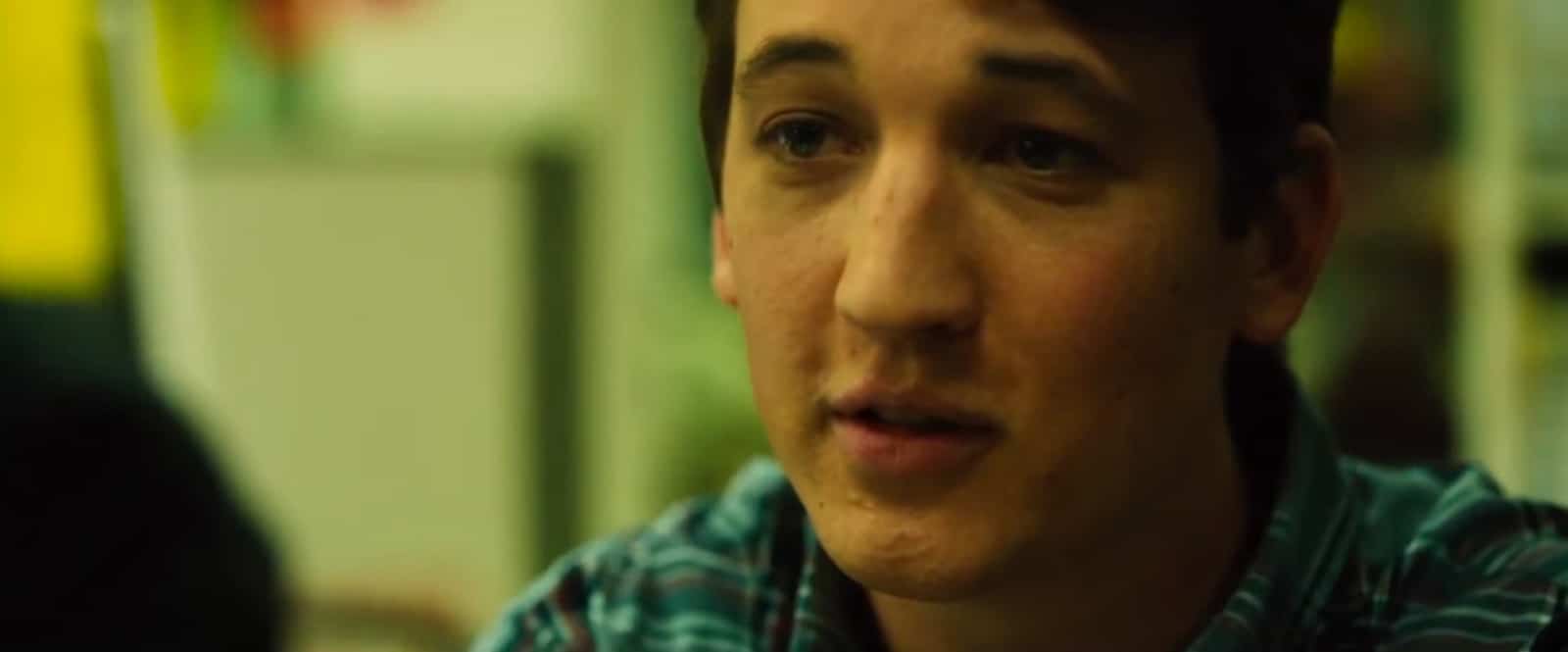Drama, Drama, and more Drama
Picking what genre I wanted to commit to has been slightly difficult. In the end I just decided to think about my favorite movies and which have entertained me the most. Thats when finally an idea hit my head. I want to make a drama, not like a cheesy high school drama movie, but like a real and authentic dramatic movie. But before I even come up with an idea I have to gain inspiration and figure out what makes a drama film a drama. My first step the RESEARCH:Drama films are often serious and real. These films consists of a serious conflict, situation, setting, characters, and so on. I think I am drawn to this genre because of this realness it gives off. Ever since I was a kid I was more into real actors than a cartoon. My only reasoning being that I felt a deeper connection to more realistic characters or maybe I was just a "mature" 7 year old (if a 7 year old can even be mature).
DRAMA Topics and Focus
Drama films are not afraid to explore out of the box or taboo themes. Various films about current issues, poverty, drug addiction, sexual inequality, and so on live within this genre. Moonlight talks about being in the LGBTQ+ community when you are also a person of color. A Star is Born is a drama talking about the music industry and drug addiction. Just like these movies, I want to tell a story that is relevant and impactful to our time. Choosing this genre allows me to tell a meaningful story (or the first two minutes of that opening story).One commonality within dramas is a very deep focus on character development. Since the stories they are telling need to be emotional, dramas develop characters so that the audience can get a feel for the person's emotions and identity. In addition to this, character interaction is something heavily thought about in dramas. Often times the film is centered around a conflict between characters so the way the characters interact affect the story.
How to Add DRAMA in Editing?
Using editing cuts to match the speed of the story emphasize the drama. At more intense parts the cuts will be made faster to add emphasis to the drama. The cuts may be slower at more calming scenes so that a difference between calm and intense is more evident in the story. Sound also plays a large role in developing the tone. Placing a sad piano behind a fighting scene adds a sense of melancholy while adding an electric guitar gives power to the scene.How to Add DRAMA in Mise en Scene?
Mise en scene elements are also very important. Although not all dramas have a very elaborate wardrobe or set design, it is still essential in developing a character and setting. Once Upon a Time in Hollywood had to focus heavily on costume design and set design to bring the audience back into the 50s era. Lighting is also important in telling the tone of the story. Many dramas have a sad or intense moment in the film. This is when lighting and colors come into play to allow for this tone to be emphasized. Euphoria, a drama tv show, emphasizes on low key lighting and blue and pinkish tones to emphasize the sadness and drugged characters.
How to Add DRAMA in Camera Shots?
Lastly, but possibly most important, camera shots, Some essential camera shots in dramas are close ups and two person shots. Close ups allow for a closer look into the characters and their emotions. Dramas heavily focus on feelings and emotions so this shot is essential in telling this part of the story. Dramas also show many dynamics between characters which can be visually told by two person shots. The composition and body language in a two person shot tells a story and dynamic between the characters far more than words could.
Close Up shot from Whiplash (2014)
After all this I feel slightly more comfortable in developing my DRAMA (capitalizing it just makes it more dramatic). However, I am still steps away considering I don't have an idea for my opening....


No comments:
Post a Comment